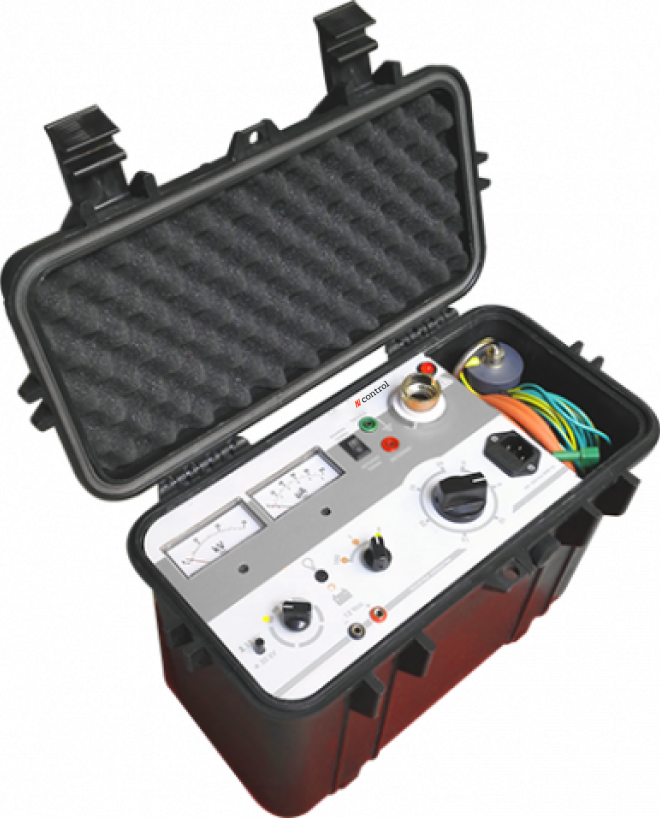Hipot (High Potential) test, also known as Dielectric Withstand Test, is a method of checking the insulation quality of cables and equipment. This task is to make sure that no current passes between two points that must be isolated from each other.
This is the opposite of a conductivity test:
- The conductivity test verifies that current flows freely between the points.
- The Hipot test, on the contrary, makes sure that the current does not pass, even if an increased voltage is applied.
In this way, it simulates extreme conditions and helps to identify weaknesses in isolation that may be dangerous in the future.
A Hipot test is a non-destructive method used to assess the reliability of electrical insulation under transient overvoltage conditions that may occur during normal operation.
During the test, a high voltage is applied to the equipment for a specified duration. The goal is to ensure that the insulation is not marginal and can withstand real-world electrical stress with a safety margin.
This test helps detect:
- Micro-damage in insulation
- Inadequate spacing between conductive parts
- Defects from manufacturing or installation
Hipot testing is widely used in production, commissioning, and routine maintenance of electrical equipment.
Hipot Testing Equipment:
- AC Hipot Testers
They supply alternating voltage (usually up to 5-10 kV) and are used to test insulation operating under alternating current conditions.
- DC Hipot Testers
They are used for cables and components with high capacity. A constant voltage is applied, which reduces the leakage current and allows a more accurate assessment of the insulation condition. Example — Dielectric Tester HVC-Test30


